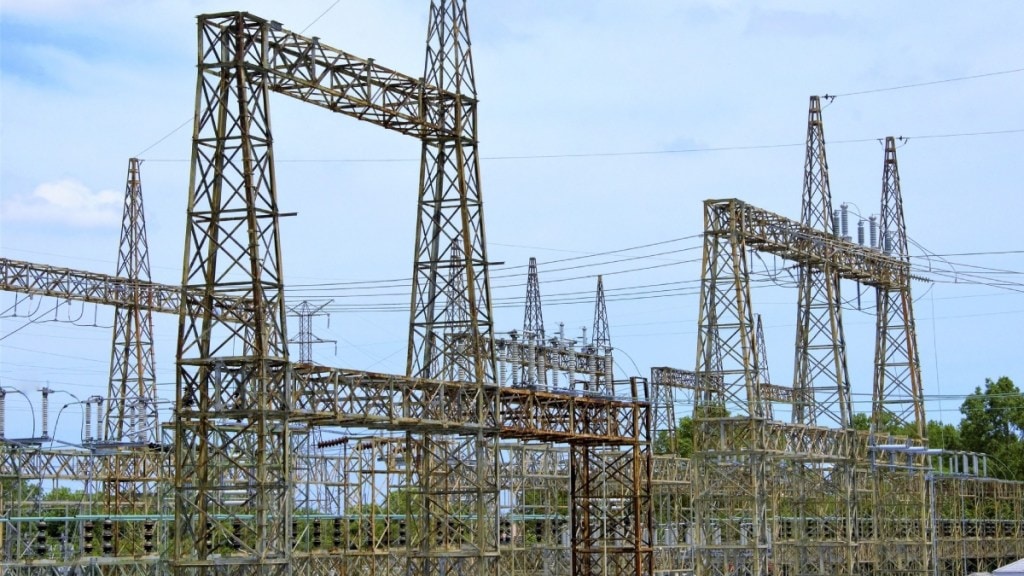By Mahesh Patil
The power transmission and distribution (T&D) sector is set for a significant growth, driven by increasing electricity demand and focused renewable energy goals. India aims to achieve 500 GW of renewable energy by 2030, almost 3x from 180 GW currently installed, marking the largest push for capital investment in power infrastructure.
However, the transition to renewable energy does not only require investment in generation capacity, but also demands an overhaul of power systems to better handle fluctuations in supply. This makes development of modern and digital grids essential to ensure a reliable energy supply during transformation.
In light of the same, the power ministry recently introduced the National Electricity Plan (NEP) for 2023-32, a strategic roadmap for enhancing and expanding transmission systems, both at the central as well as state levels. The NEP outlines an investment of Rs 9.15 lakh crore to address the growing demand. This includes initiatives like integrating renewable energy sources, developing green hydrogen and launching pumped storage projects.
An estimated Rs 4.2 lakh crore will be required for T&D projects between 2022 and 2027, while Rs 4.9 lakh crore will be required between 2027 and 2032. The national committee of transmission (NCT) has already approved projects totalling around Rs 2 lakh crore in the last two years. Nine HVDC transmission systems with aggregate transfer capacity of 33.25 GW will also be added by 2032, which will be nearly equal to 33.50 GW currently in operation.
There are export opportunities as well. For instance, Noth America is facing challenges with its aging grid infrastructure, which needs modernisation. Around 70% of the US’ grid infrastructure is more than 30 years old, while the average age of power transformers installed is more than 40 years, signalling huge capex potential in the country. This presents a structural export opportunity to power equipment supplies such as conductors, transformers and cables for India.
On the distribution side, the government is focusing on the health of state electricity boards. The RDSS (Revamped distribution Sector Scheme), launched with an outlay of Rs 2.5 lakh crore, is the biggest driver of capex on the distribution front. Discoms spend Rs 50,000 crore annually. Most of this goes to the unorganised sector. As RDSS spending is largely on smart meters and grid strengthening and should flow through to organised players, it presents an opportunity for some of the listed players in this space.
Revenue growth accompanied by margin expansion
Over the past six months, we have witnessed a pick-up in ordering for transmission and equipment companies. This is likely to continue for two-three years, resulting in a strong revenue and earnings growth for companies. Lack of capacities in the early part of the ordering cycle is leading to a sharp improvement in profitability of equipment makers, particularly in the transformer segment. We believe that margins would continue to sustain for some time before capacities eventually catch up.
How does one position to take advantage?
Power T&D as a theme has a good runway for growth in the medium term. We believe that the biggest beneficiaries of this theme will be equipment/product companies which will not only benefit from domestic demand, but also from exports. However, one also needs to be cognizant of the cyclicality of this sector, which tends to swing from lack of capacities to overcapacity in a relatively short time frame. To counter that, we would look at diversity in end markets and products.
(The author is CIO, Aditya Birla Sun Life AMC)
Disclaimer: Views expressed are personal and do not reflect the official position or policy of FinancialExpress.com Reproducing this content without permission is prohibited.
